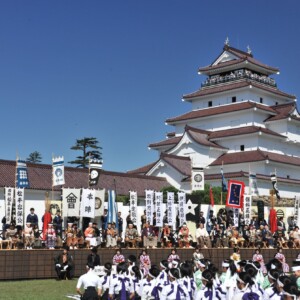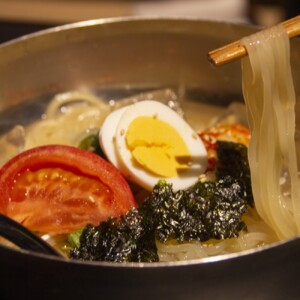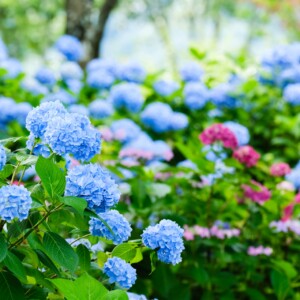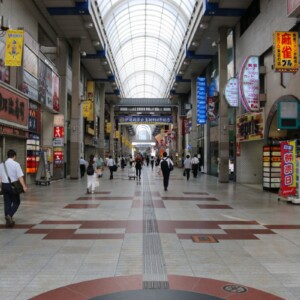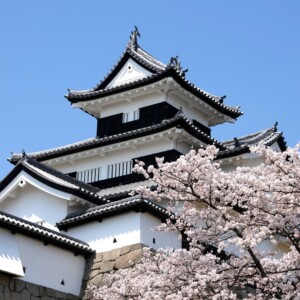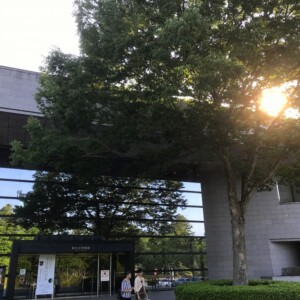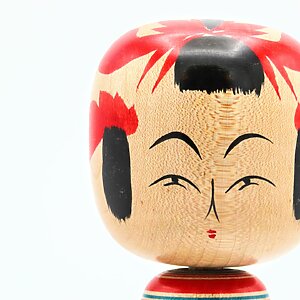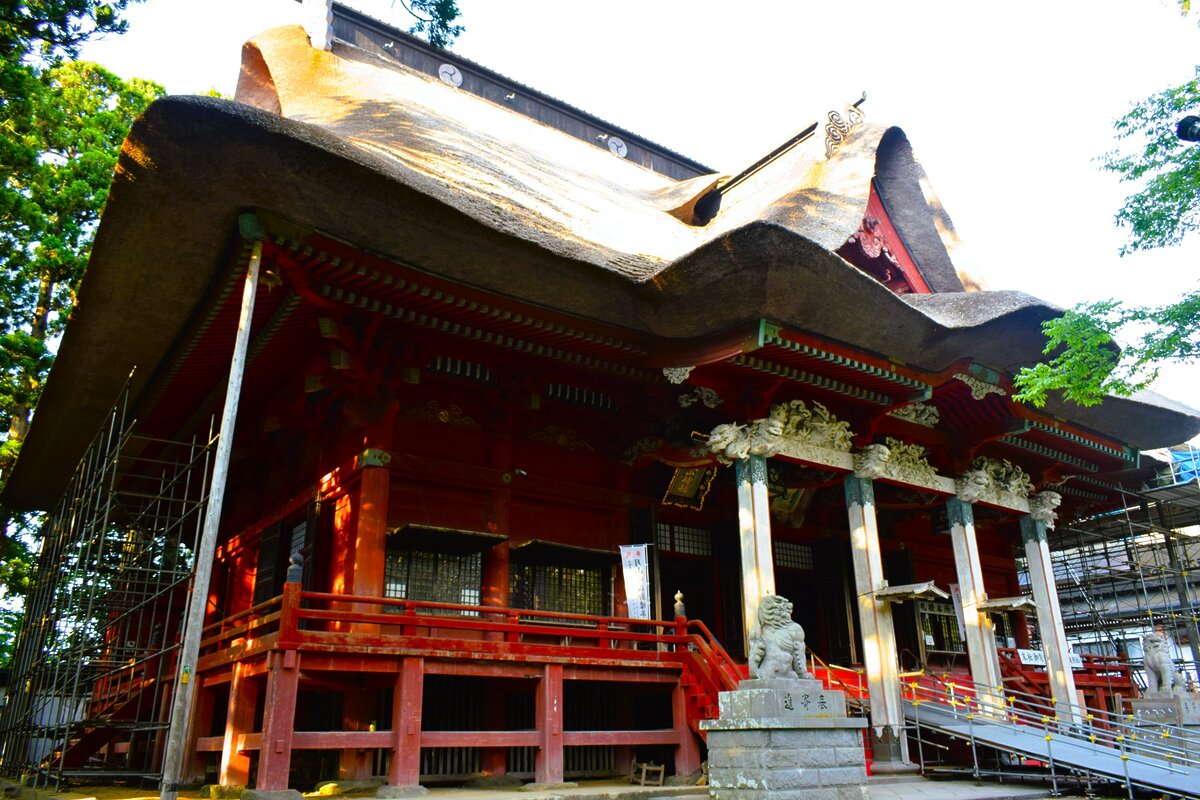
Dewa Sanzan, a famous mountain worship venue that symbolizes "life, death, and rebirth" (Yamagata Prefecture)
table of contents
The three mountains in Yamagata Prefecture are general term for the three mountains, Mt. Haguro, Mt. Gassan, and Mt. Yudono, and are famous nationwide as sacred sites for mountain worship and Shugendo.
What are the Dewa Sanzan?
Dewa Sanzan is a general term for the three sacred mountains located in the central part of Yamagata Prefecture.
- Mt. Haguro: Symbolizes the current world
- Gassan : Symbolizes the afterlife
- Yudonoyama (Yudono) : Symbolizes the next life
Since ancient times, it has been considered a sacred site for mountain worship and Shugendo, and has been considered a pilgrimage mountain that symbolizes "life, death, and rebirth."
Characteristics of each mountain
Mt. Haguro (414m above sea level)
- The enshrined deities are Dewa God and Inakura Tamamikoto.
- It is the easiest to access and can be visited all year round.
- It has the famous cedar-lined stone steps (2,446 steps) and a five-story pagoda (national treasure).
- the Sanjingo Usaiden, a shrine dedicated to the three gods of the three mountains , and you can also "delete" to pray for the Three Mountains alone.
Mt. Gassan (1984m above sea level)
- The enshrined deity is Tsukuyomi Mikoto (Tsukuyomi Mikoto)
- The central presence of the three Dewa mountains.
- Mountain climbing is generally only available in the summer (July to September).
- It is associated with the belief in ancestors as a symbol of death, and was once said to have been "because you can go to paradise by climbing Mt. Gassan
- Before the Meiji era's separation of Shinto and Buddhas, "Gssan Gongen" , and was synonymous between Tsukiyomi and Amida Buddha.
Mt. Yudono (About 1500m above sea level)
- The enshrined deities are Oyamazumi Mikoto, Oonamuchi Mikoto, and Sukuna Hikona Mikoto.
- The divine body is the very "giant rock" and is a mysterious place that is considered to be forbidden to take photos or even talk.
- Yudonoyama Shrine Main Shrine is a sacred place where hot springs are gushed out.
- A mountain of secret ceremonies that are said to "Don't speak, don't listen." Nature itself is a god, and it was said that exposure to the mystery of rocks and baths will lead to new life.
- once considered to be the "Yuden Gongen"
Representative shrines and temples of the three mountains of Dewa
Mt. Haguro
Dewa Sanzan Shrine (Sanjin Shrine)
- This is the only shrine that worships the three gods of the mountains (Gassan, Mt. Haguro, Mt. Yudono). It features a giant thatched roof shrine building on the summit of Mt. Haguro.
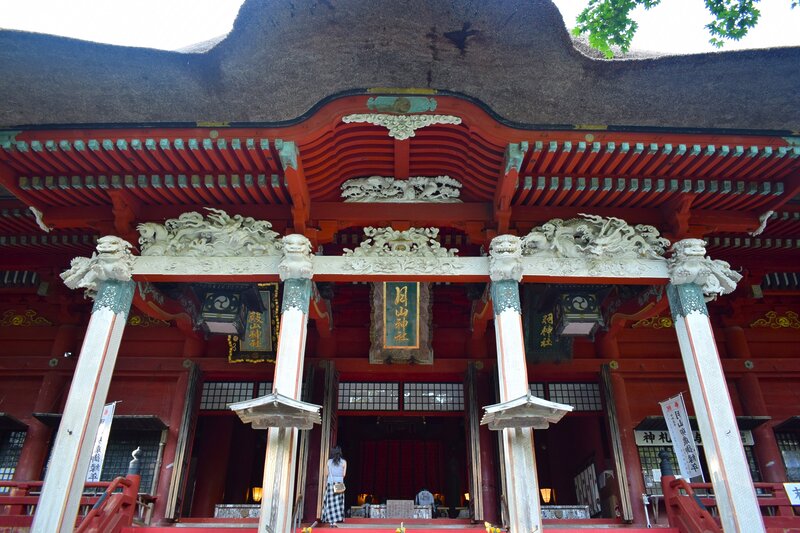
Google Map
Gassan
Gassan Shrine Hongu
- It is located on the summit of Mt. Gassan, at an altitude of 1,984m. The place enshrined is Tsukiyomi Mei.
- Usually, worship can be visited only in the summer (July to September).
- The shrine building, built in harsh nature, is also a symbol of training that meets death.

Google Map
Mt. Yudono
Yudonoyama Shrine Main Shrine
- It's like a temple in the back. The sacred object is the very "giant reddish brown rock." A mysterious sacred site where photography and out-of-mouth is prohibited.
- Visiting the shrine is generally barefoot .
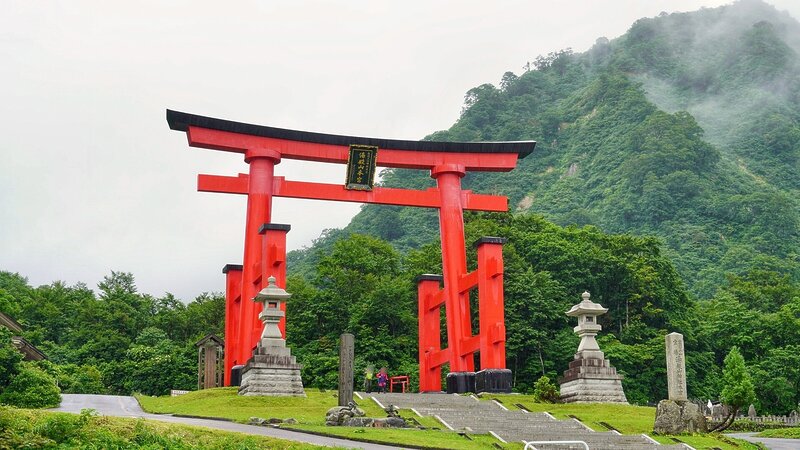




![Karitamin Shrine in Zao Town, the center of "swan faith" that is passed down in the southern part of the prefecture [Miyagi Prefecture] Monument in the swan](https://jp.neft.asia/wp-content/uploads/2025/01/IMG_0975-EDIT-1-150x150.jpg)
![[Yamagata Prefecture] Tsuruoka's silk fabric industry created by changing swords to hoes. 5182039_m](https://jp.neft.asia/wp-content/uploads/2023/02/5182039_m-150x150.jpg)
![[Yamagata Prefecture] 3 famous waters in Yamagata Prefecture! Yamagata Prefecture is home to blessed water created by snow, mountains, and forests. Yamagata Falls](https://jp.neft.asia/wp-content/uploads/2023/02/9b639100f52e30365f8499a2f4657724-150x150.jpg)
!["Negaseki" is one of the three ancient Oshu sekies that surpasses Minamoto Yoshitsune and Matsuo Basho [Tsuruoka City, Yamagata Prefecture] 3809167_m](https://jp.neft.asia/wp-content/uploads/2023/02/3809167_m-150x150.jpg)
!["Honkai Lion Dance Banraku" is a folk entertainment that has been handed down for 400 years [Yurihonjo City, Akita Prefecture] 5 Great Sea Lion Dance](https://jp.neft.asia/wp-content/uploads/2025/03/0215ff7aa0e94eddc6dff8713d12e83b-150x150.jpg)
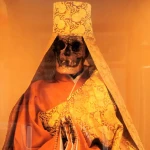
![[Gassan, Nishimurayama District, Yamagata Prefecture] Can you ski in midsummer? The season starts at Gassan Ski Resort when it gets warmer. Gassan (summer skiing)](https://jp.neft.asia/wp-content/uploads/2023/05/22719237_m-150x150.jpg)
![Matsuo Basho was impressed by the legendary landscape of Kujukushima, the elephant, which is not seen now [Nikaho City, Akita Prefecture] Image of Kujukushima (Zogata)](https://jp.neft.asia/wp-content/uploads/2024/11/e07987a7f27f41ed4fd79661bf32afbc-150x150.jpg)
